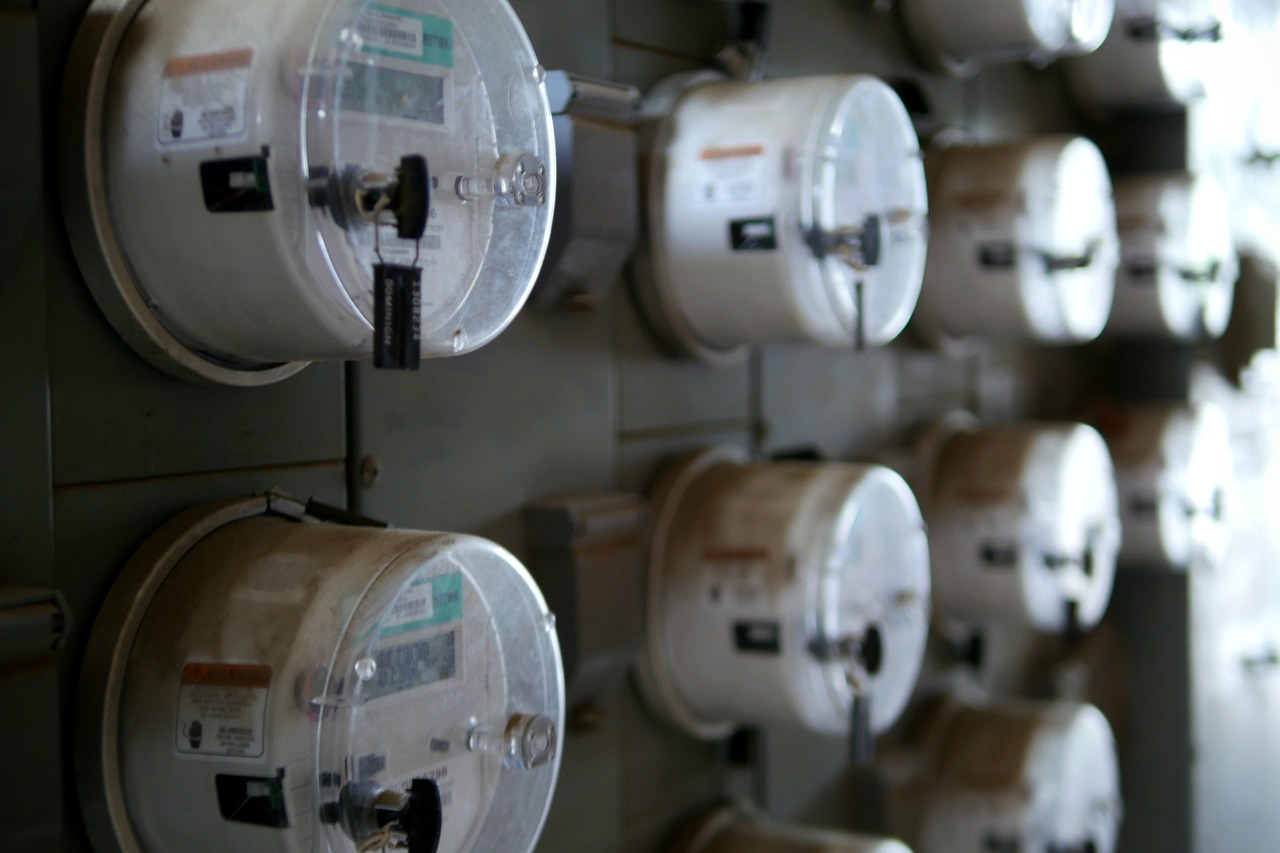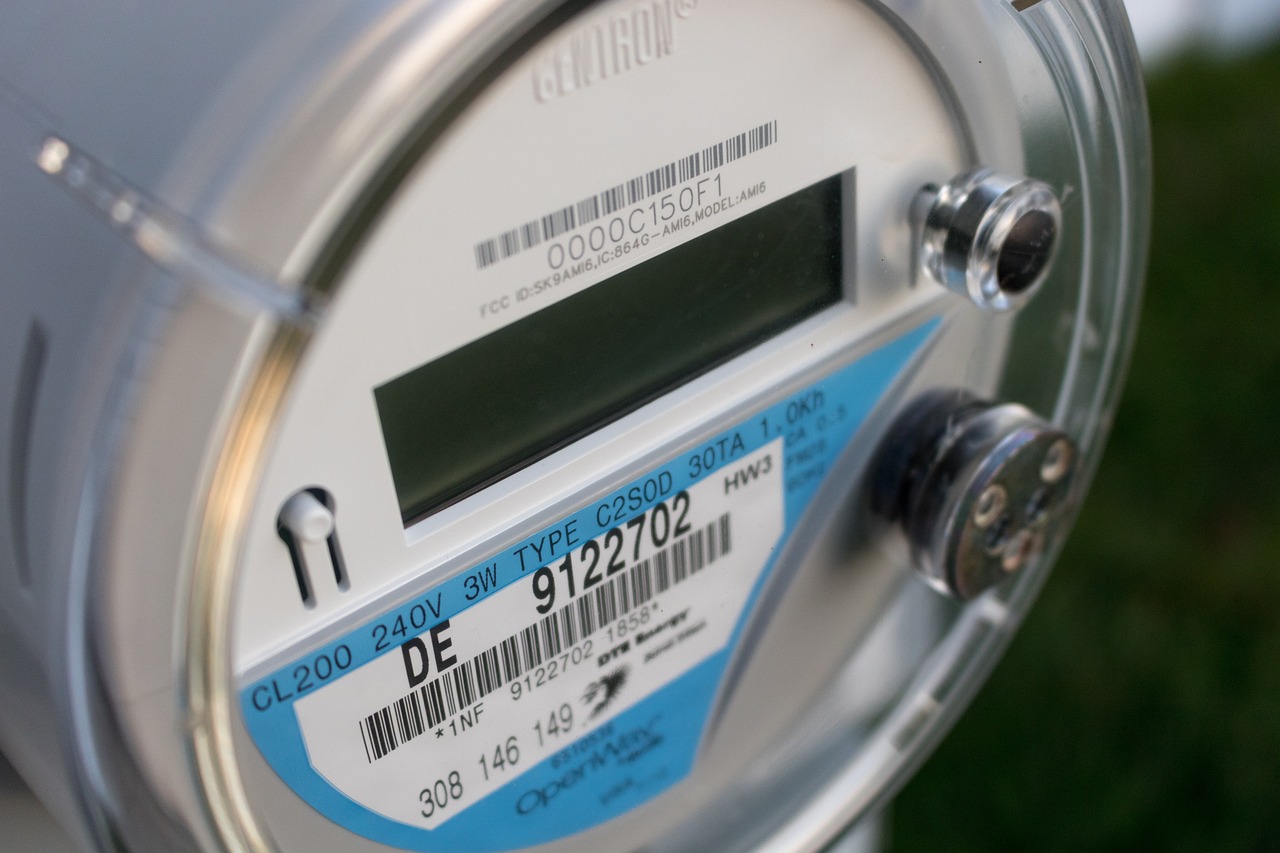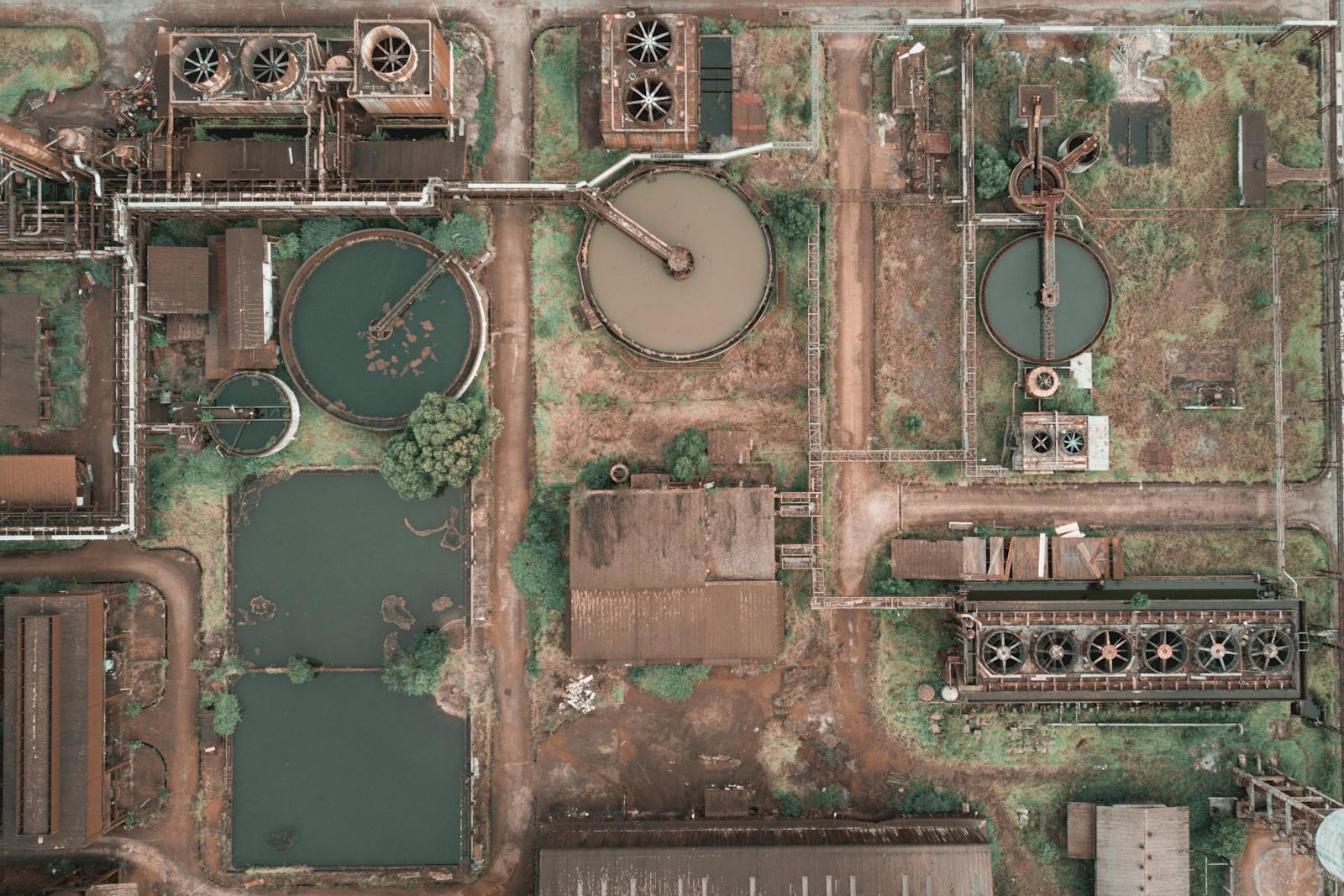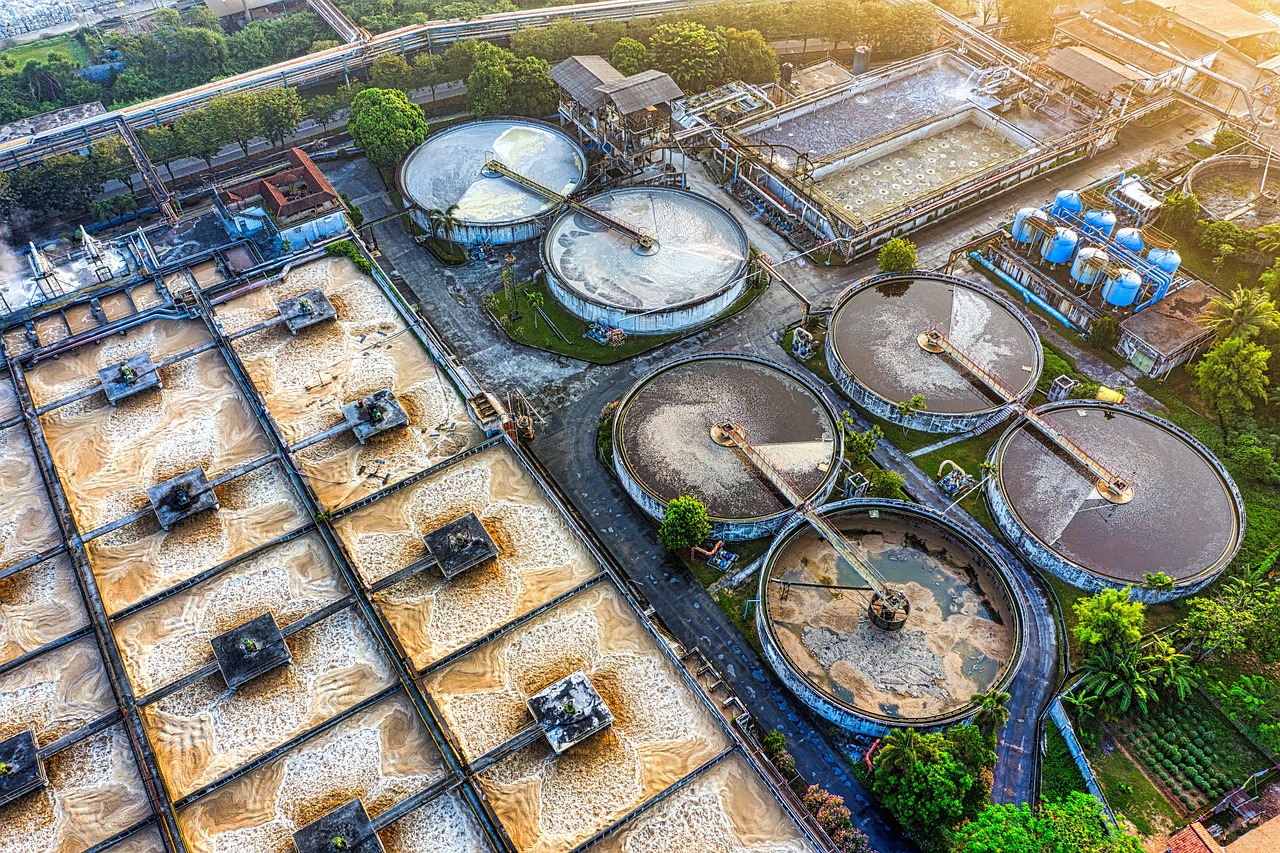San Luis Obispo Tap Water
Explore the environmental impact of San Diego’s water management system, highlighting its innovative solutions, conservation efforts, and challenges like energy consumption and habitat disruption.
San Luis Obispo Tap Water
Explore the environmental impact of San Diego’s water management system, highlighting its innovative solutions, conservation efforts, and challenges like energy consumption and habitat disruption.
San Luis Obispo Tap Water Ratings
💧 Tap Water Quality Score
✅ Safety Standards Met
Yes
👅 Taste Rating
⚖️ pH Level
7.6
🪨 Hardness Level
Moderate
⚠️ Common Contaminants
Chlorine, bromodichloromethane, chloroform, nitrates, fluoride, and trace levels of hexavalent chromium.
🧫 Microbial Safety
Safe
🧴 Chlorine Level
1.1 mg/L mg/L
🦷 Fluoride Level
0.7 ppm ppm
🌍 Environmental Sustainability Score
Public Health and Water Management in San Luis Obispo, CA
San Luis Obispo prioritizes public health through a safe and sustainable water management system that ensures high-quality drinking water, effective wastewater treatment, and pollution control. By maintaining strict regulatory standards, investing in modern water treatment technology, and promoting public awareness, the city protects residents from waterborne illnesses and environmental hazards.
Ensuring Safe Drinking Water
- EPA & State Compliance: San Luis Obispo’s water supply meets or exceeds all state and federal safety standards, ensuring safe consumption.
- Multi-Stage Treatment Process: Water undergoes filtration, chlorination, and UV disinfection to remove contaminants, bacteria, and viruses.
- Regular Water Testing: The city conducts frequent monitoring and publishes annual Consumer Confidence Reports (CCRs) detailing water quality. (Water Quality Report)
Fluoridation for Public Health
- Fluoride is added at 0.7 ppm to support dental health and cavity prevention, following CDC and ADA recommendations.
- Community education programs inform residents about fluoride benefits and safe consumption levels.
Microbial Safety & Contaminant Control
- Strict microbial testing ensures water is free from E. coli, coliform bacteria, and waterborne pathogens.
- The city actively monitors for contaminants such as nitrates, arsenic, and disinfection byproducts to keep levels within safe regulatory limits.
- Lead & Copper Testing: The city follows EPA guidelines to prevent corrosion in pipes and reduce heavy metal contamination.
Wastewater Treatment & Pollution Prevention
- The Water Resource Recovery Facility (WRRF) treats wastewater to tertiary levels, ensuring safe disposal and reuse.
- Stormwater pollution prevention programs reduce urban runoff contamination in local creeks and reservoirs.
- Bioswales and permeable pavement help filter pollutants before they reach waterways.
Emergency Water Preparedness
- Backup water sources and emergency reserves ensure public access to safe drinking water during natural disasters, droughts, or contamination events.
- The city has interconnections with nearby water systems to maintain supply reliability.
- Drought preparedness measures include tiered water pricing, conservation restrictions, and public education campaigns.
Community Awareness & Public Health Initiatives
- Think H2O SLO Program educates residents on water conservation and safety best practices.
- Home water testing & rebates for filtration systems help ensure residents have access to high-quality water.
- Public engagement in city water policy meetings allows the community to stay informed and involved in water-related decisions.
Protecting Public Health Through Sustainable Water Management
San Luis Obispo’s proactive water management, stringent quality control, and strong public education efforts ensure residents have access to safe, clean drinking water. By investing in modern infrastructure, monitoring for emerging contaminants, and promoting conservation, the city continues to prioritize public health and environmental sustainability.
Infrastructure and Technology in Water Management – San Luis Obispo, CA
San Luis Obispo has invested in modern infrastructure and advanced technology to ensure efficient water treatment, distribution, wastewater management, and conservation efforts. Through state-of-the-art water treatment facilities, smart monitoring systems, and sustainable infrastructure, the city is building a resilient and future-ready water system.
Water Treatment and Distribution
- San Luis Obispo Water Treatment Plant processes water from Lopez Lake, Whale Rock Reservoir, and Salinas Reservoir to ensure safe drinking water.
- Water undergoes multi-stage filtration, chlorination, and UV disinfection to meet EPA and California State safety standards.
- Smart water meters provide real-time usage data, helping reduce water waste and detect leaks early.
Wastewater Treatment and Water Recycling
- The Water Resource Recovery Facility (WRRF) treats wastewater to tertiary standards, allowing for safe reuse in irrigation, landscaping, and industrial applications.
- Recycled water pipelines (“purple pipes”) supply non-potable water to parks, golf courses, and public spaces, reducing freshwater demand.
- Expansion of water reuse programs supports the city’s long-term sustainability goals.
Stormwater and Flood Management Infrastructure
- The Stormwater Management Program includes permeable pavements, bioswales, and green infrastructure to reduce runoff and improve groundwater recharge.
- Retention basins and drainage systems help manage flood risks and prevent contaminants from entering local creeks and rivers.
- Advanced stormwater filtration systems remove pollutants before water reaches natural waterways.
Leak Detection and Remote Monitoring
- The city uses SCADA (Supervisory Control and Data Acquisition) systems to track water pressure, flow rates, and infrastructure performance in real time.
- Acoustic leak detection technology identifies underground pipe failures early, reducing water loss and costly repairs.
- Automated pressure monitoring systems prevent pipe bursts and optimize water distribution efficiency.
Energy Efficiency and Renewable Integration
- Solar-powered pumping stations help reduce energy consumption and greenhouse gas emissions.
- The city is investing in low-energy water treatment technologies, such as membrane filtration and biofiltration systems, to improve efficiency.
- Energy recovery systems at wastewater treatment plants convert organic waste into biogas for power generation.
Public Access to Digital Water Data
- Residents can access real-time water usage and billing information through smart meter portals.
- GIS mapping tools track water distribution, conservation efforts, and infrastructure upgrades for transparency and community engagement.
Building a Future-Ready Water System
San Luis Obispo’s commitment to innovation and sustainability ensures that its water infrastructure remains efficient, resilient, and environmentally friendly. By leveraging cutting-edge monitoring systems, renewable energy, and recycled water initiatives, the city is creating a water-secure future for its residents.
Water Management System in San Luis Obispo, CA
San Luis Obispo has a comprehensive and sustainable water management system that ensures reliable water supply, wastewater treatment, and conservation efforts. By combining modern infrastructure, recycled water programs, and community engagement, the city balances urban, environmental, and agricultural water needs while preparing for future challenges like drought and climate change.
Primary Water Sources
San Luis Obispo relies on a mix of surface water, groundwater, and recycled water to meet its water demand:
- Surface Water (Primary Source) – The city draws water from:
- Lopez Lake
- Whale Rock Reservoir
- Salinas Reservoir (Santa Margarita Lake)
- Groundwater – Used minimally due to limited local aquifer capacity.
- Recycled Water – Tertiary-treated water from the Water Resource Recovery Facility (WRRF) is used for irrigation, landscaping, and industrial applications.
Water Treatment and Quality Control
- Drinking water undergoes multi-stage filtration, chlorination, and UV disinfection to remove contaminants and meet EPA and California State Water Board standards.
- Regular water quality monitoring detects nitrates, arsenic, and other potential contaminants to ensure public health.
- The city publishes annual Consumer Confidence Reports (CCRs) detailing water safety and compliance.
Wastewater Treatment and Reuse
- The WRRF treats wastewater to tertiary standards, allowing safe reuse for irrigation, golf courses, and public parks.
- Future expansion plans aim to increase recycled water use, reducing dependence on potable water.
- Stormwater and urban runoff filtration systems prevent contaminants from entering local waterways.
Water Conservation and Efficiency Programs
- Smart water meters provide real-time usage data, helping residents reduce consumption and detect leaks.
- Drought-resistant landscaping rebates encourage homeowners to replace lawns with native, water-efficient plants.
- Tiered pricing structures discourage excessive water use, especially during drought conditions.
Emergency Water Planning and Drought Resilience
- Backup water sources and interconnection with nearby systems ensure supply reliability.
- Drought action plans include temporary water restrictions, conservation mandates, and increased reliance on recycled water.
- The city collaborates with state and federal agencies to adapt to climate change impacts on local water resources.
Public Engagement and Policy Development
- Community workshops and public meetings allow residents to participate in water planning and policy decisions.
- Think H2O SLO provides education, rebates, and resources to promote water conservation.
- The city is exploring new technologies such as advanced desalination research and aquifer recharge projects.
A Model for Sustainable Water Management
San Luis Obispo’s integrated water management strategy ensures long-term water security, environmental protection, and economic sustainability. By diversifying water sources, investing in infrastructure, and promoting conservation, the city continues to lead in responsible and sustainable water use.
Water Resource Availability in San Luis Obispo, CA
San Luis Obispo has a diverse but carefully managed water supply to ensure long-term sustainability, reliability, and resilience against drought and climate variability. The city sources water from surface reservoirs, limited groundwater, and recycled water systems, balancing urban, agricultural, and environmental needs while prioritizing conservation efforts.
Primary Water Sources
San Luis Obispo’s water supply comes from a combination of surface water, groundwater, and recycled water:
1️⃣ Surface Water (Primary Source – 97%)
- The city relies heavily on three key reservoirs:
- Lopez Lake – The largest water source, managed by the County of San Luis Obispo.
- Whale Rock Reservoir – Jointly managed with the California Polytechnic State University (Cal Poly).
- Salinas Reservoir (Santa Margarita Lake) – Used to supplement supply in dry years.
- Water levels are monitored and adjusted to balance storage and demand, especially during drought conditions.
2️⃣ Groundwater (Limited Use – <3%)
- The city uses minimal groundwater due to low natural recharge rates and strict sustainability regulations.
- Private wells and some agricultural users still rely on local aquifers, but conservation efforts aim to prevent over-extraction.
3️⃣ Recycled Water (Expanding Use)
- The Water Resource Recovery Facility (WRRF) treats wastewater to tertiary standards, making it safe for non-potable uses such as:
- Irrigation for parks, golf courses, and agricultural fields.
- Landscaping in commercial and residential developments.
- Future expansion of recycled water infrastructure aims to reduce reliance on potable water.
Challenges to Water Resource Availability
💧 Drought Conditions – Extended dry periods reduce surface water supply, increasing reliance on conservation and emergency reserves.
🌡 Climate Change Impact – Changing rainfall patterns and rising temperatures affect reservoir levels and water demand.
🚜 Agricultural Water Use – Farming operations outside city limits draw significant water resources from shared sources.
🏙 Population Growth – Increased development places higher demand on existing water supplies, requiring strategic planning.
Conservation and Sustainability Strategies
🌱 Drought-Tolerant Landscaping – Rebates encourage native plant use to reduce irrigation needs.
🌦 Rainwater Harvesting – Incentives support rain barrels and cisterns for homeowners and businesses.
🚰 Smart Water Meters – Real-time tracking helps reduce waste and inefficiencies in water use.
🔁 Expansion of Recycled Water Use – More infrastructure for purple pipes will increase reuse for irrigation.
📊 Tiered Water Pricing – Progressive rates discourage excessive use and encourage conservation.
Ensuring a Resilient Water Future
San Luis Obispo’s multi-source water management strategy ensures a stable and sustainable water supply for its community. By protecting reservoirs, expanding recycled water programs, and promoting conservation, the city is building long-term resilience against droughts and climate change.
Environmental Impact of Water Management in San Luis Obispo, CA
San Luis Obispo’s water management system directly affects local ecosystems, water quality, and climate resilience. While the city has made significant progress in conservation, pollution prevention, and water sustainability, challenges like drought, climate change, and urban runoff continue to pose environmental risks. Through eco-friendly policies, habitat restoration, and sustainable water use, San Luis Obispo is working to minimize its environmental footprint while securing its water future.
Positive Environmental Contributions
1. Water Conservation & Sustainable Use
🌱 Drought-Resilient Landscaping – The city promotes native plants, xeriscaping, and water-efficient irrigation to reduce outdoor water use.
🔄 Recycled Water Use – Tertiary-treated wastewater is reused for irrigation, landscaping, and industrial applications, reducing freshwater demand.
💧 Rainwater Capture & Smart Metering – Initiatives like rain barrels, permeable pavements, and smart water meters help optimize water use and reduce waste.
2. Groundwater Protection & Recharge
🌍 Sustainable Groundwater Management – The city follows California’s SGMA regulations to prevent over-extraction and depletion.
🌿 Stormwater Infiltration & Recharge Basins – Natural recharge basins capture rainwater and replenish local aquifers, reducing groundwater loss.
3. Water Quality & Pollution Control
🌊 Stormwater Management Program – Green infrastructure like bioswales and retention basins helps filter pollutants before they reach local creeks.
🚫 Pesticide & Fertilizer Reduction – The city educates homeowners and businesses about eco-friendly landscaping practices to reduce water pollution.
🛑 Urban Runoff Prevention – Public awareness campaigns help prevent contaminants from entering San Luis Obispo Creek and nearby water bodies.
4. Ecosystem & Habitat Protection
🐟 Steelhead Trout Habitat Restoration – Conservation projects help restore natural river flows and riparian habitats to support local fish populations.
🌾 Wetland Protection & Native Vegetation Programs – The city promotes wetland conservation efforts to preserve biodiversity and improve water filtration.
Environmental Challenges & Mitigation Strategies
1. Climate Change & Drought Resilience
Impact: Rising temperatures and erratic rainfall patterns reduce reservoir storage and water availability.
Mitigation:
✔ Diversified water sources – Increased investment in recycled water and rainwater harvesting.
✔ Stricter drought policies – Tiered pricing and temporary water restrictions during dry periods.
2. Urban Development & Increased Water Demand
Impact: Growing population and land development place higher demand on water supplies, impacting local ecosystems.
Mitigation:
✔ Smart growth policies – Water-efficient urban planning and green building initiatives.
✔ Low-Impact Development (LID) – Regulations requiring permeable surfaces, rain gardens, and eco-friendly construction practices.
3. Waterway Health & Pollution Risks
Impact: Pollutants from stormwater runoff contaminate local creeks, harming aquatic ecosystems.
Mitigation:
✔ Enhanced stormwater filtration – Expansion of bioswales, wetland restoration, and sediment control projects.
✔ Public engagement programs – Education on proper waste disposal and pollution prevention.
Balancing Water Use & Environmental Stewardship
San Luis Obispo’s commitment to sustainable water management ensures that conservation, pollution control, and ecosystem protection remain top priorities. By expanding recycled water use, investing in stormwater management, and promoting community conservation efforts, the city is taking a proactive approach to safeguarding its natural water resources while reducing its environmental impact.
Water Management In San Luis Obispo
Get notified on new water management news, updates & advancements in San Luis Obispo.
Shop Books, eBooks, Audiobooks

The Little Book on Hydration: The People’s Guide To Health, Vitality & Flow (Audiobook)
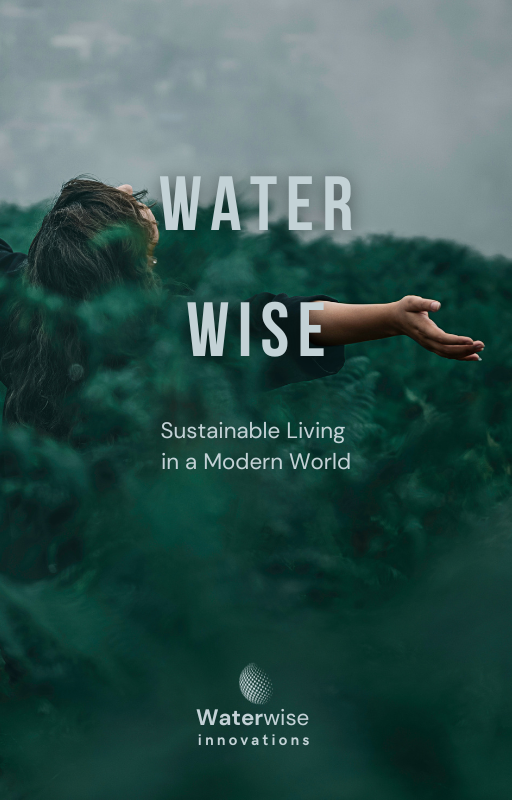
Water Wise: Sustainable Living in a Modern World
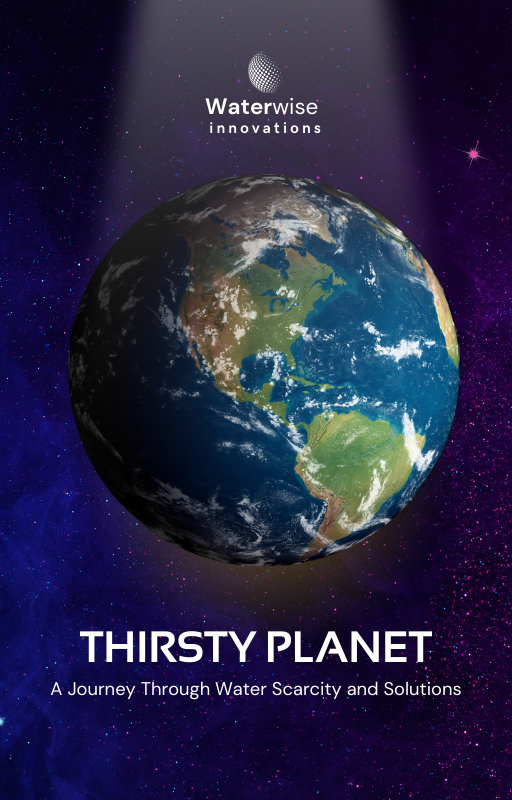
Thirsty Planet: A Journey Through Water Scarcity and Solutions
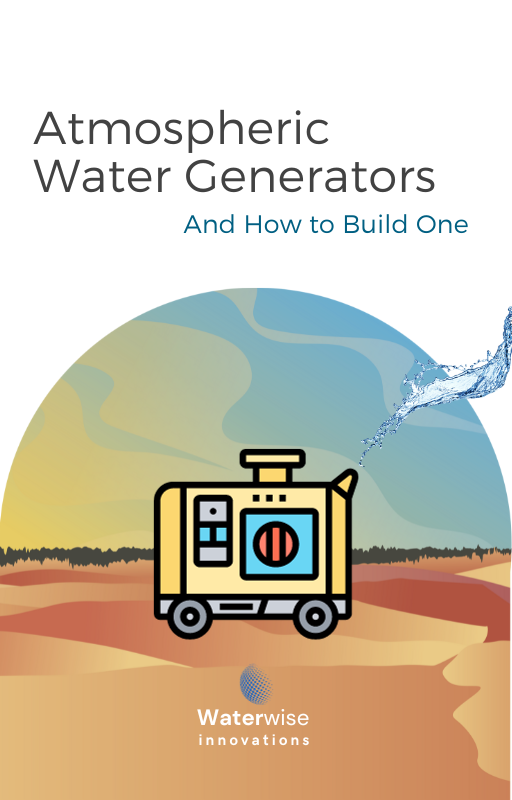
Atmospheric Water Generators: And How to Build One
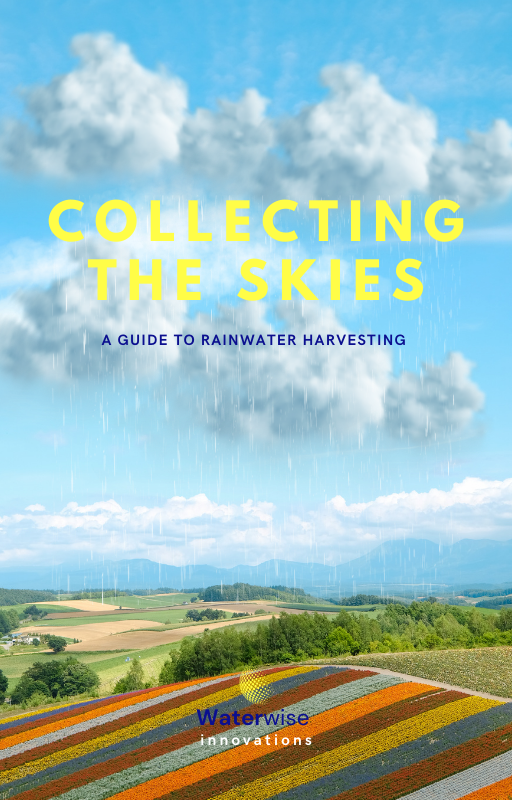
Collecting the Skies: A Guide to Rainwater Harvesting

The Little Book on Hydration: The People’s Guide To Health, Vitality & Flow
Reviews of San Luis Obispo Tap Water
There are no reviews yet. Be the first one to write one.
There are no reviews yet. Be the first one to write one.












